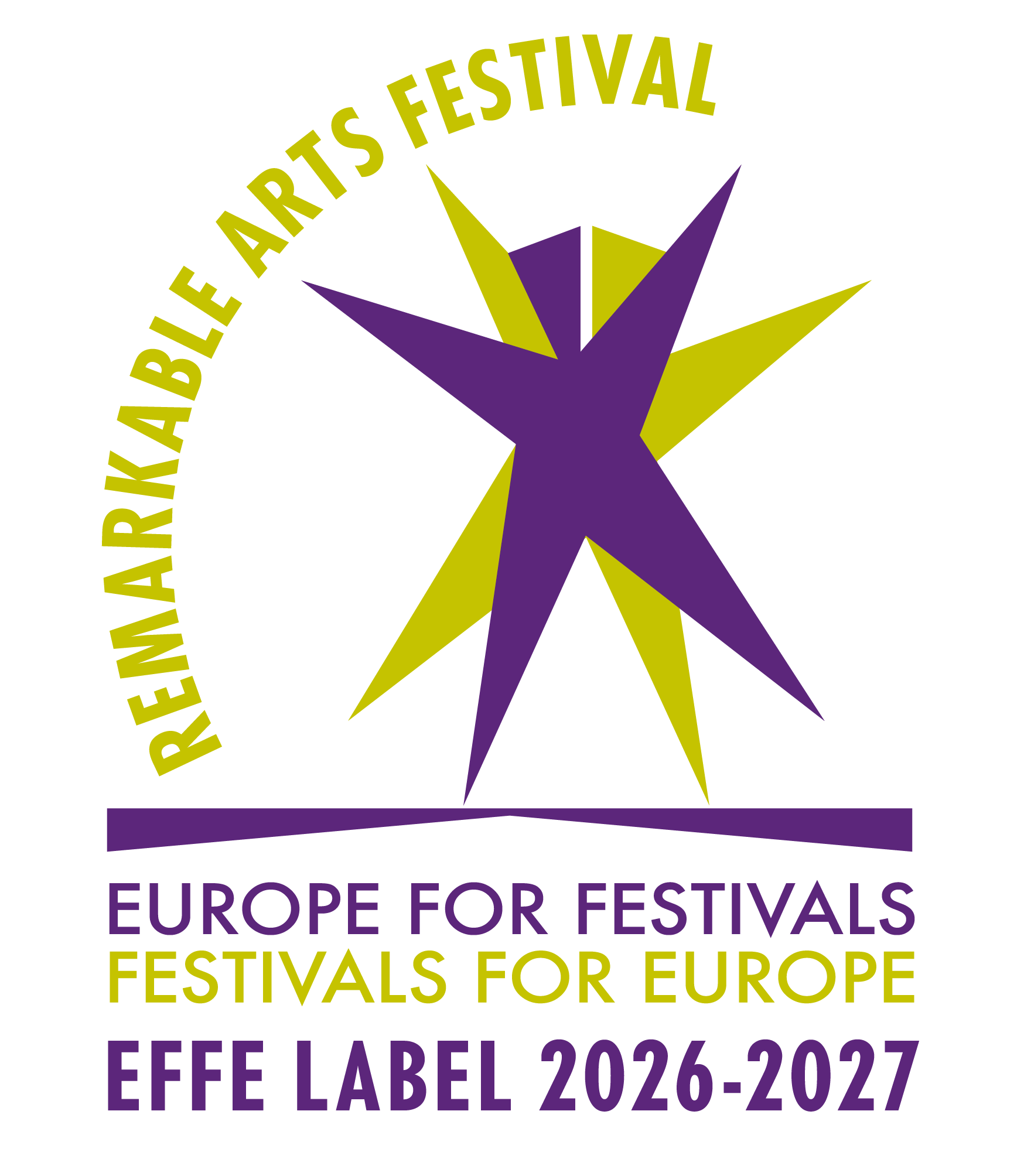- home
- festival
- festival 2025 – XXXII
- festival 2024 – XXXI
- festival 2023 – XXX
- festival 2022 – XXIX
- festival 2021 – XXVIII
- festival 2020 – XXVII
- festival 2019 – XXVI
- festival 2018 – XXV
- festival 2017 – XXIV
- festival 2016 – XXIII
- festival 2015 – XXII
- festival 2014 – XXI
- festival 2013 – XX
- festivals archive 1994 – 2012
- tickets
- foundation
- projects
- productions
- events
- news
- contacts
Vivo e Coscienza
Luca Veggetti
May 28, 2015 21:00
Teatro Cantiere Florida di Firenze | IT
from Vivo e Coscienza by Pier Paolo Pasolini (1963)
The project explores the possibilities offered by material relating to the ballet-cantata Vivo e Coscienza by Pier Paolo Pasolini. Written in the Sixties but never finished, it was intended for the Venice Biennale, in collaboration with composer and conductor Bruno Maderna and actress Laura Betti. In a cyclic form recalling that of the Sette peccati capitali by Brecht/Weill or Lulu by Wedekind/Berg, Pasolini outlines the opposition between life and conscience as embodied in the two antagonist characters. They act out their identities respectively through dance and the word in a series of recurring gestures and situations to become emblematic of successive different periods in turn: the Seventeenth Century, the French Revolution, Fascism, the Resistance. A singular mixed form which recalls the origins of theatre itself in its relation between dance, word and music.
Retracing Pasolini’s formal design, the performance is thus made up of four scenes and in four “dances” on work – revolution – war – death, where Vivo and Coscienza act in counterpoint to a “chorus” that takes on different identities in each scene.
Given the fragmentary nature of Pasolini’s text, and the fact that he completed as a dialogue only the first of the four scenes planned, we believed it would be more interesting to work on the material of the stage directions, offering a narrative relation between text and action. Thanks to Marinella Guatterini’s idea, this introduced a major element of interest into the production: the voice of Francesco Leonetti, poet and a personal friend of Pasolini, as well as an emblematic actor in a number of his films.
Recorded for the occasion with the assistance of Eleonora Fiorani, the poetic voice of Leonetti is an extraordinary artistic contribution, a document of inestimable value which seems to bring Pasolini himself back to life through the touching vocal presence of his friend and collaborator. It serves as connecting tissue with the musical material. Constructed by composer Paolo Aralla in part elaborating music and sound material from different eras, the score of great depth and interest connects with Pasolini’s cyclic structure, ranging from Seventeenth-Century hieratical music to popular post-war material. In addition, a sound project explores the possibilities of intercepting movement and makes use of such potentials in real time. Through a particular audio device within the stage sets, the dancers transform their movements into sound.
Luca Veggetti
choreography, direction and set: Luca Veggetti
music and sound porject: Paolo Aralla
voice: Francesco Leonetti
lighting: Paolo Latini
with: Francesca Bugelli, Pierluigi Castellini, Donato Demita, Laura Ghelli, Liber Dorizzi, Giovanfrancesco Giannini, Helena Mannella, Sara Paternesi, Filippo Porro, Loredana Tarnovschi
coproduction: Fondazione Milano Civica Scuola di Teatro Paolo Grassi



